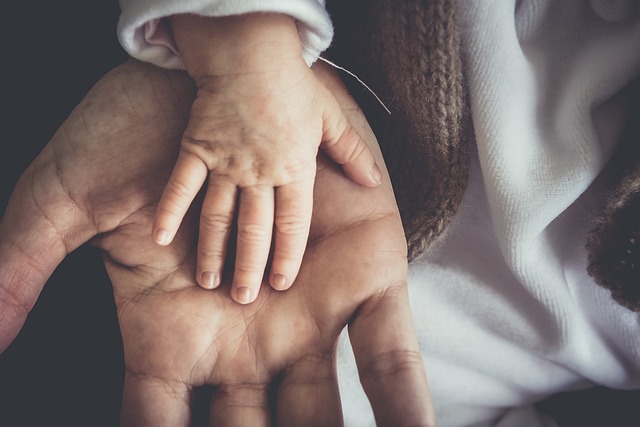Practical Guide to Kids & Baby Clothing Choices
Choosing the right clothing for babies and kids blends safety, comfort, and practicality. Parents and caregivers weigh fabric choices, ease of dressing, size and growth, and laundering needs while considering seasonal changes and activity levels. This guide explains how common materials like cotton perform, what to look for in clothing construction, and simple care tips that keep garments comfortable and durable through everyday wear.

How to choose clothing for babies?
When selecting clothing for a baby, prioritize fit and ease of use. Look for garments with simple closures—snaps, wide neck openings, or zippers with protective covers—so dressing and diaper changes are quick and gentle. Avoid designs with loose ties, narrow ribbons, or decorative pieces that could become choking hazards. Consider flame-resistance labels for sleepwear where applicable and check seams and tags for irritation points that may rub against sensitive skin.
Think about sizing and layering: babies grow rapidly, so purchasing a mix of slightly larger sizes and well-fitting pieces helps extend usefulness. Choose versatile items that layer easily—onesies, lightweight sleepers, cardigans, and convertible garments can adapt to temperature changes throughout the day or night without compromising comfort.
What fabrics suit baby skin?
Natural fibers are often recommended for baby clothing because they tend to breathe well and feel soft. Cotton, including organic cotton, is widely used due to its softness, breathability, and lower risk of irritating sensitive skin. Blends that include a small amount of stretch (like cotton with a little elastane) can allow freedom of movement while maintaining comfort for daily activities.
Some alternatives—such as bamboo-derived fabrics or filtered modal—are marketed for softness and moisture-wicking. When choosing any fabric, check how it feels against the skin, how it performs after washing, and whether it retains breathability. Manufacturers often list fabric type on the label; those details help predict how a garment will behave during active wear and repeated laundering.
How to pick clothing for active kids?
For older babies and kids who crawl, climb, and play, durability and freedom of movement are key. Choose clothing with reinforced stitching at stress points (knees, seat, and underarms) and consider fabrics that resist pilling and tearing. Garments with adjustable waistbands or stretch panels can fit more comfortably as children move and grow, extending the useful life of each piece.
Design matters for functionality: pockets with secure closures, hems that stay in place, and closures that don’t pinch make garments more user-friendly. Color and pattern choices can also hide dirt and wear between washes, reducing the need for frequent laundering and prolonging fabric life. Prioritize practical features over purely decorative ones for everyday play clothing.
How to care for different fabric types?
Caring for clothing starts with reading the care labels and sorting items by color and fabric type. Cotton items are typically machine-washable and may tolerate warm water, but repeated hot washes can cause shrinkage or fading. Use gentle detergents formulated for sensitive skin when laundering baby clothing to reduce potential irritation from residue.
For blended or specialty fabrics, follow manufacturer instructions to prevent damage: some may require lower temperatures, delicate cycles, or line drying to retain shape and softness. Treat stains promptly with appropriate stain removers and avoid excessive use of bleach, which can weaken fibers. Proper storage—clean, dry, and folded or hung—helps prevent mildew and keeps fabrics fresh between seasons.
How to balance comfort, safety, and style for kids?
Balancing comfort, safety, and style means choosing pieces that children will wear happily while meeting practical needs. Look for clothing that combines soft fabrics like cotton with thoughtful construction—hidden seams, covered zippers, and minimal embellishments. For special occasions, one or two stylish items are useful, but everyday wardrobes should emphasize comfort and durability to keep kids comfortable during long play sessions and naps.
Consider lifecycle and sustainability when possible: secondhand clothing and hand-me-downs reduce waste, and selecting neutral or adjustable pieces can allow garments to be reused across siblings. Certifications such as organic or safety-related textile standards can provide additional assurance about production methods and tested substances. Review labels and product descriptions to make informed decisions that align with your priorities and values.
In summary, effective choices for kids and baby clothing focus on fabric that respects sensitive skin, construction that prioritizes safety and ease, and practical care to extend wear. Keeping a mix of easy-to-layer pieces, durable play clothes, and occasional dress items will create a functional wardrobe that adapts to growth and activity while remaining comfortable for everyday life.






